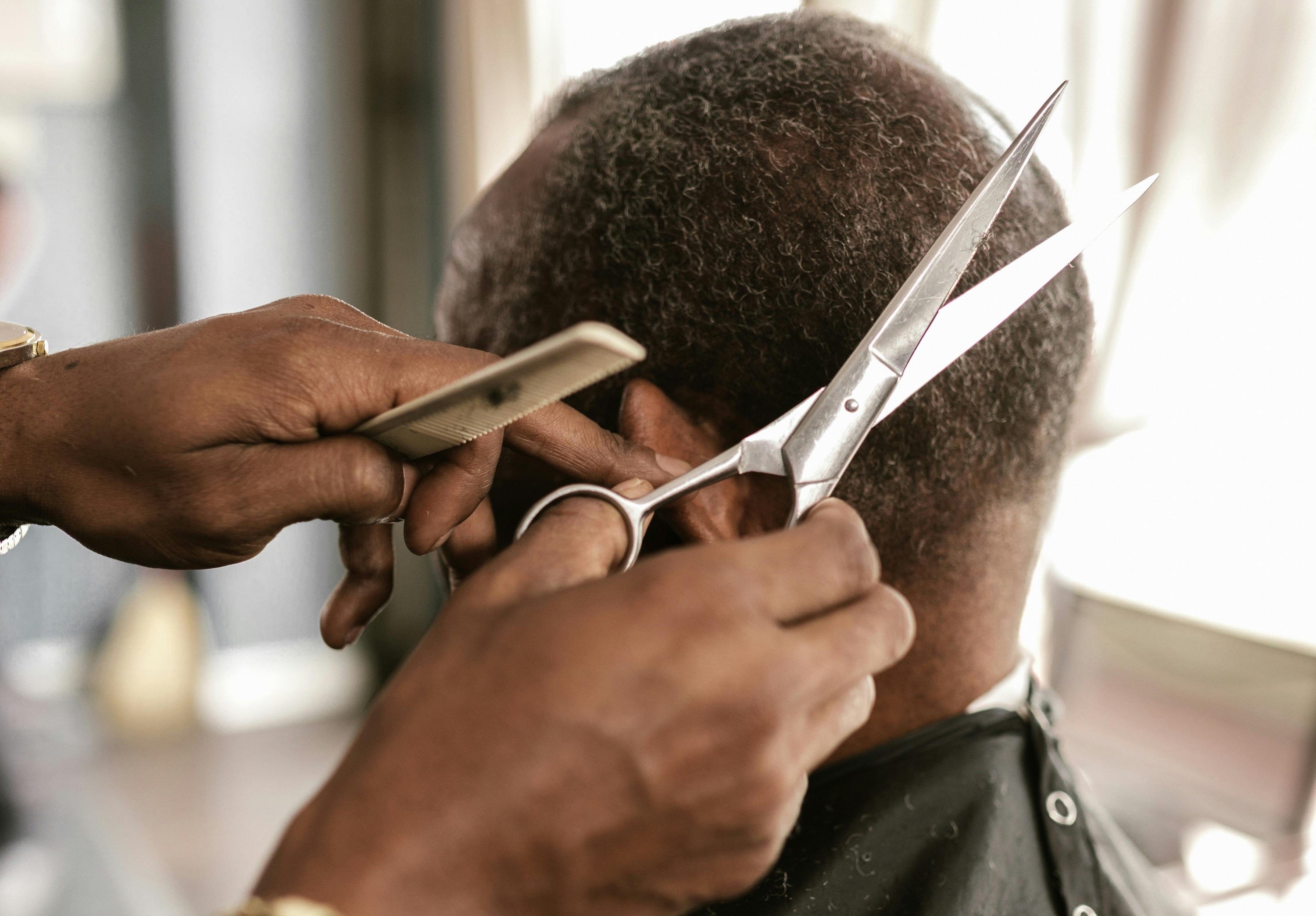Written by: Jeanette Nkwate
Split ends are literally when the ends of your hair are split. The broken or frayed hair strands occur when the hair's cuticle (AKA its protective outer layer) is damaged. Split ends can be known as schizotrichia or trichoptilosis in medical/trichology terms.
Like the name suggests split ends can happen at the ends of hair, but sometimes they can happen further up the hair strand.
6 Top Causes Of Split Ends In Natural Hair
As the ends of our hair are the oldest, they are also the most fragile. Which means that they are more prone to damage.
For natural hair, which tends to be more fragile due to its texture, split ends can be particularly annoying. Curly and coily hair types have twists and bends that make it difficult for the scalp's natural oils (sebum) to travel down the hair shaft, resulting in dryness. This lack of moisture, combined with manipulation and environmental factors, can often leads to dreaded split ends.
But there are often other factors to consider when it comes to split causes. Here’s our list of some of the most common causes of split ends:
- Mechanical damage like excessive brushing
- Friction or rubbing against things like clothing
- Heat damage from styling tools
- Chemical damage from things like relaxer or bleach
- Dryness and lack of moisture
- Tension, repeated hairstyles that cause stress on the same areas or long term hairstyles that are done too tight such as braids
What Do Split Ends Look Like?
Wondering what split ends look like? Here we outline the four most common:
- The most common is the standard split or 'Y' split, which is a split down the centre of the hair fibre.
- The triple split, which is when the hair strand has split into a tree.
- Fairy knot/single strand knot, where a single strand has looped around itself, forming a tight knot that breaks when brushed and is very common with curly, coily or afro hair
- The tree split end, which is where the hair has split at several points, causing branch-like appearance.
Preventing Split Ends In Natural Hair
While split ends can’t be completely avoided, there are several practices you can adopt to minimise them.
Moisturise regularly
Remember hydration is key and use water-based moisturisers and seal with natural oils.
Our Moisture Surge Set contains products for all three layers: Sheen natural moisturising spray (liquid), Seal (hair oil) and Smooth (moisturising cream).

Trim Your Hair
Regular trims are essential for preventing split ends from travelling up the hair shaft. Inspect your ends and aim to trim your ends every 6-8 weeks.
Protective Styling
Styles like braids, twists, and buns are great for protecting your ends from friction and environmental damage. Just be sure not to style too tightly, as that can cause breakage.
Minimise Heat
Limit the use of heat-styling tools. When you do use heat, always apply a heat protectant and use the lowest setting possible to avoid damaging your hair.
Use The Right Tools

Opt for a wide-tooth comb or your fingers to detangle your hair. Be gentle, especially when detangling wet hair, which is more fragile.
Satin or Silk Accessories
Sleeping on satin or silk pillowcases or using a satin scarf or satin-lined bonnet will reduce friction and prevent your hair from drying out overnight. Cotton pillowcases can absorb moisture from your hair, contributing to dryness and split ends.
